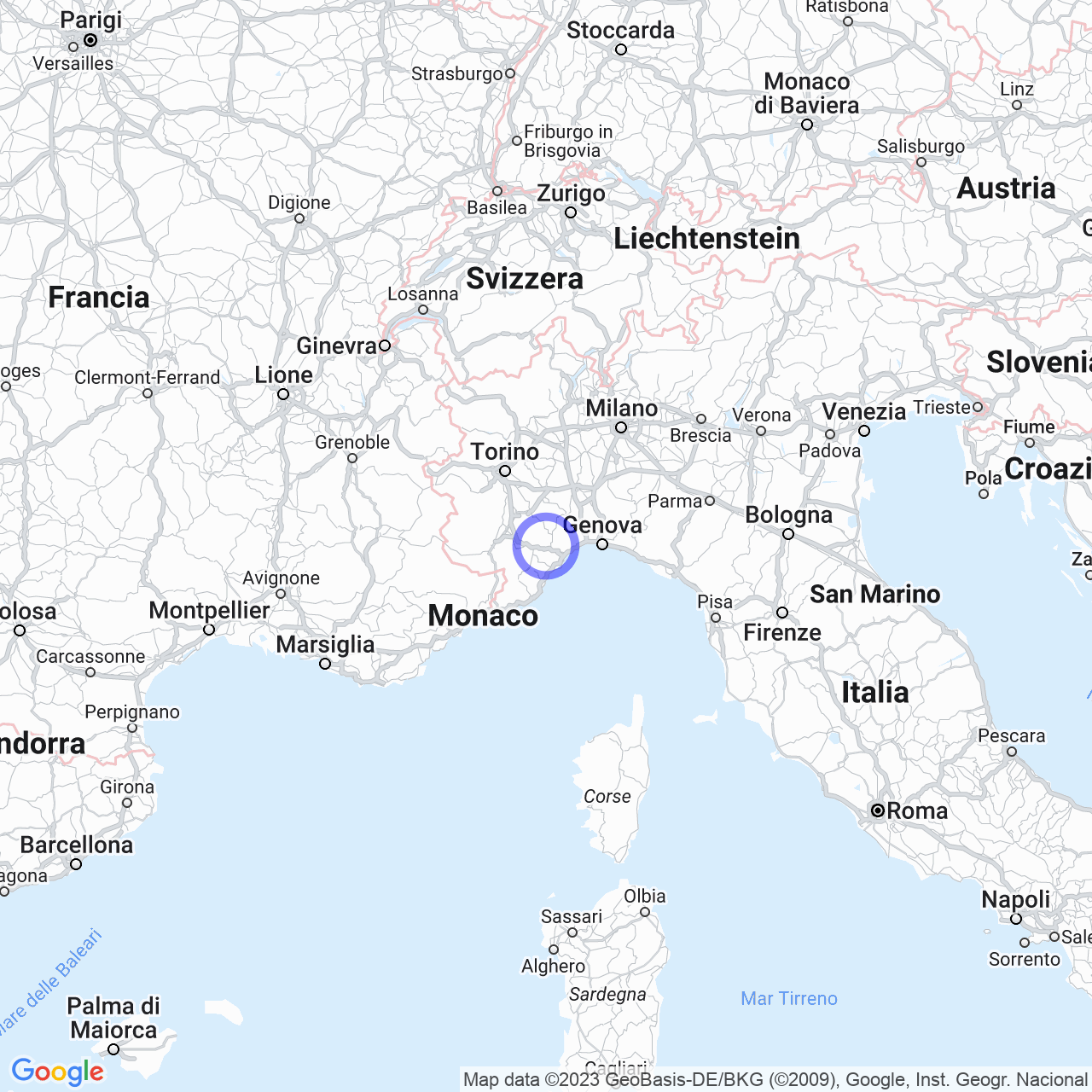Cengio
Cengio: a Ligurian town with a brief history
Cengio is a small town located in the province of Savona, Liguria. With a population of about 3,300 inhabitants, the territory extends along the Bormida di Millesimo and is characterized by the cenge, rocky terraces from which the village would derive its name.
Brief history of Cengio: from prehistory to French domination
According to historical sources, the current territory of Cengio was already inhabited by the Varagini, a tribe of Ligurians, in prehistory. However, it was only in 163 BC that they were subjugated by the Roman Empire. During the Middle Ages, the medieval village was called Cinglum or Cinglo. It was subjugated to the Diocese of Savona-Noli Bernardo with an imperial diploma from Otto I of Saxony in 967 and confirmed by Otto III in 999 to the Savonese bishop Giovanni I.
In the 10th century, Cengio and Rocchetta Cengio passed into the hands of Ugo del Vasto, Marquis of Clavesana and then of his brother Anselmo di Ceva. It was during this historical period that the castle of Cengio Alto and the Saracen tower of Rocchetta Cengio, which were later destroyed, were born. In 1268, the feudal territory entered into the properties of the Marquisate of Monferrato and Visconti.
During the Franco-Spanish War, Cengio acquired an important strategic role. With French domination, from 1797 the territory of Cengio became part of the Department of Tanaro, with Asti as its capital, within the Subalpine Republic. It was then annexed to the First French Empire from 1805 to 1814.

Cengio today: a town with a strong cultural identity
Today, Cengio is known for its strong cultural identity. Among the main attractions of the town are the Church of San Michele Arcangelo, the Museum of peasant civilization, and the Castle of Cengio Basso, a 19th-century structure. In addition, the surrounding territory is ideal for hiking and walking.
The Cengio community is very active in promoting local traditions, such as the feast of San Giovanni Battista which takes place in June, with celebrations, processions, and a large fair.
Also from a food and wine point of view, Cengio has a lot to offer. The territory is famous for producing high-quality wine and oil. Among the typical dishes, there are polenta, Ligurian rabbit, and the famous Cengio biscuits, also known as "Tigullio biscuits".
Furthermore, the Cengio community is also committed to promoting sustainable tourism and the environment. In 2019, the Ciclovia delle acque, a cycle path that crosses the Bormida valley and winds along the Bormida di Millesimo river, was inaugurated.
Conclusions
In summary, Cengio is a Ligurian town with a brief but intense history. Today, the local community does its best to promote the traditions and culture of the territory, welcoming visitors with hospitality and kindness. Thanks to the natural beauty and high-quality food and wine products, Cengio is an ideal place to spend a holiday focusing on relaxation and good cuisine.
